Something old, something new
To some extent, the first item shown here epitomizes what the website is all about. Below was a picture of the very first issue of the Burton Grammar School Magazine, ‘The Cygnet’.
Although old and tatty, there is enough remaining to allow a full restoration, completely faithful to the original, so that future generations can see it exactly as it would have been on its issue in 1919.
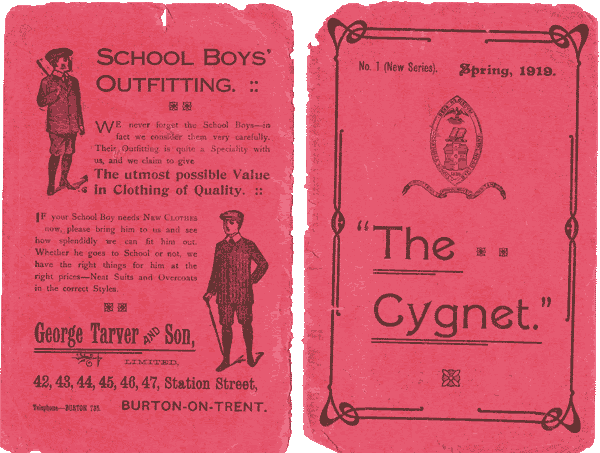
The first Cygnet, Spring Term 1919 – Issue 1 recovered just in time
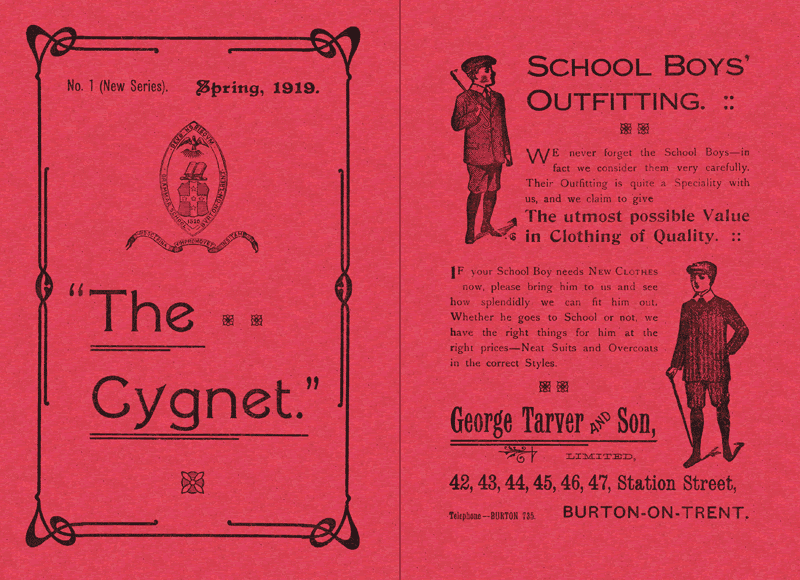
… now fully restored to its original condition and preserved forever
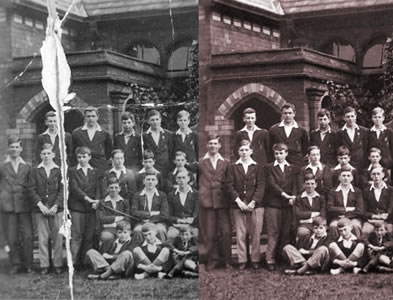 It is a nice feeling to be able to preserve these things, in a non-degradable medium, for later generations to enjoy before they are lost forever.
It is a nice feeling to be able to preserve these things, in a non-degradable medium, for later generations to enjoy before they are lost forever.
Photographs of course, are a very important part of the website. The oldest featured are almost 130 years old and many are damaged. This example is probably the only surviving example of a photo taken in 1931 and has sustained fairly serious damage.
All is not lost however! This is one of countless examples of the type of restoration work that goes on constantly to make the website possible with the painstaking reconstruction of both buildings and people leaving a badly damaged photo looking as though it was taken very recently.
Photos that are over or under exposed or taken with fairly primitive equipment can be digitally corrected meaning that very often, the photos featured on the website are far superior to the original photographic image.
Skills accumulated during the preparation of this site has led to work in restoring important documents, diagrams, drawings and photographs which I am happy to undertake.



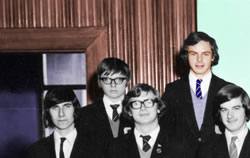 It is even possible to convert black and white photos into a colour one although it is a time consuming process. This example shows a brief extract of the same 1968 intake photo.
It is even possible to convert black and white photos into a colour one although it is a time consuming process. This example shows a brief extract of the same 1968 intake photo.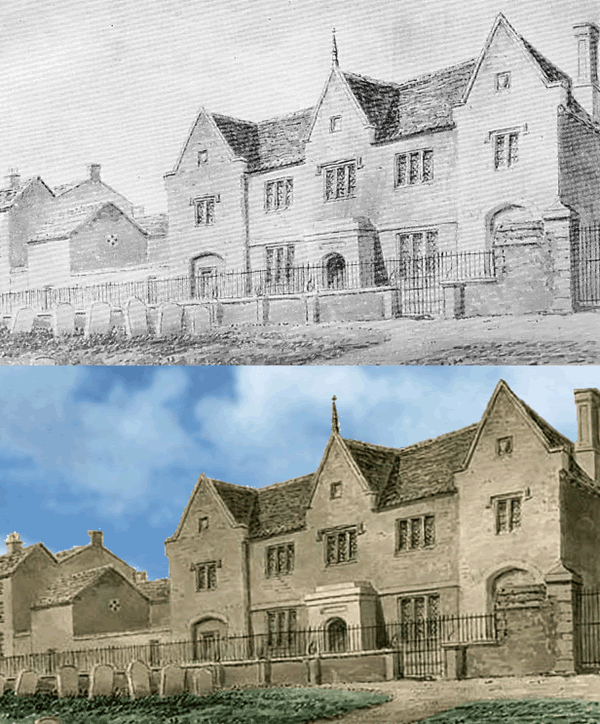
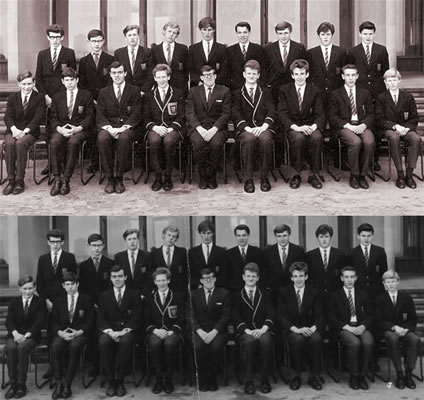 Whilst I try to keep the picture quality of this website as high as possible, images are sometimes of lesser quality than I would like. I can assure that this is not through my being lax; it is because I sometimes have poor quality sources to work from.
Whilst I try to keep the picture quality of this website as high as possible, images are sometimes of lesser quality than I would like. I can assure that this is not through my being lax; it is because I sometimes have poor quality sources to work from.